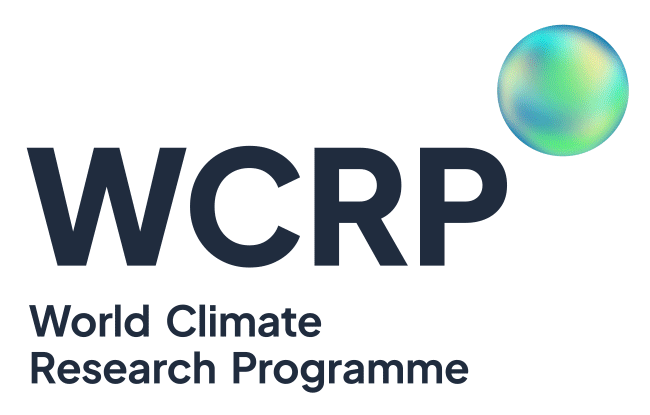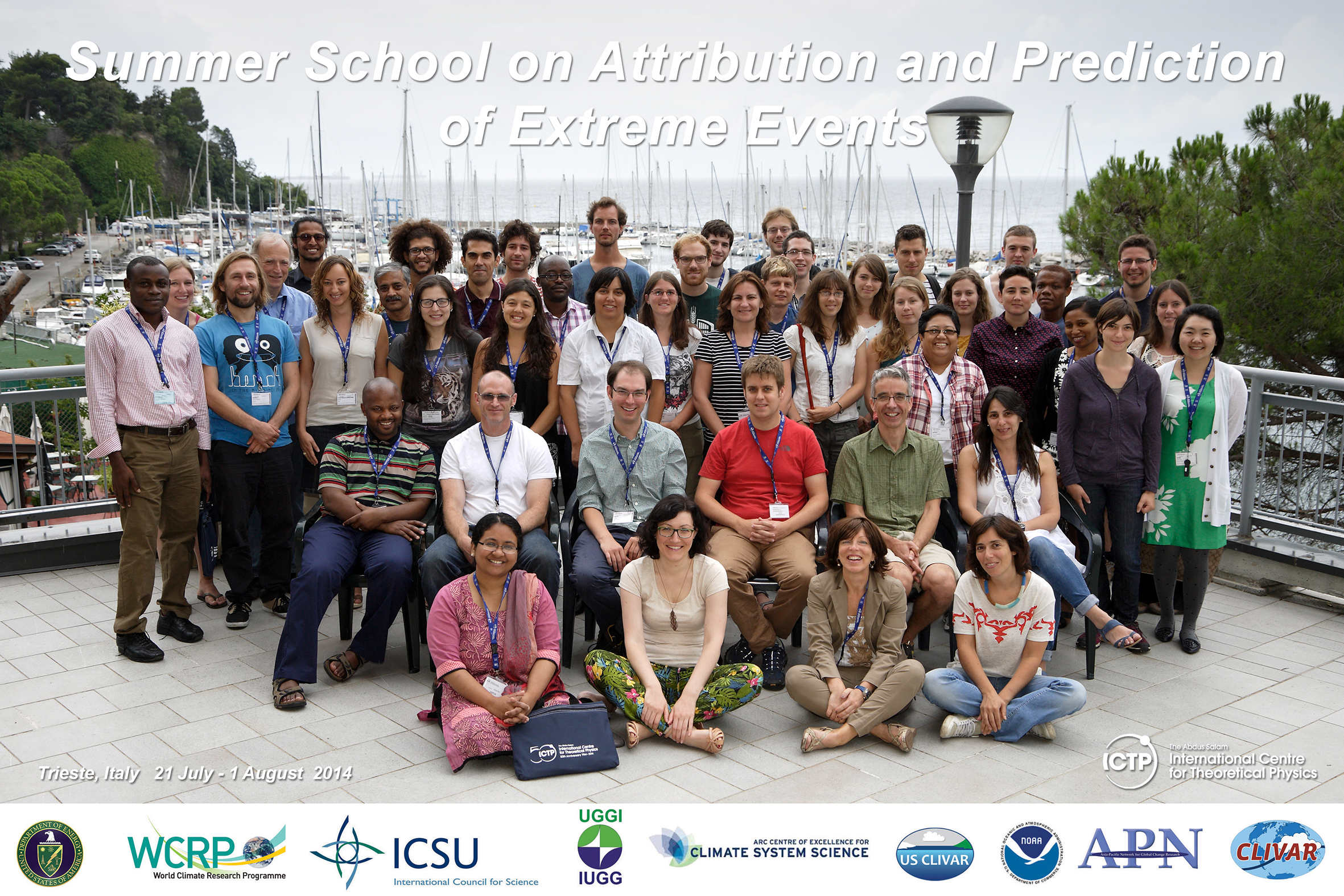5a. To what extent is it possible to reliably calculate any changed risk of unusually warm or cold or dry or wet seasons in regions of the world attributable to anthropogenic influence on climate? Assessment of CMIP5 (
Faculty: P. Stott, F. Lott, A. Chiavarella
Participants: H. R. Parker, L. A. Pampuch, C. N. Gulizia, O. Bellprat, I.S. De Sousa Pinto
An analysis will be made of the CMIP5 ensembles of coupled model simulations, comparing simulations that include both anthropogenic and natural forcings on climate with those that include only natural forcings. Estimates will be made of the changed probability of unusually warm/cold/dry/wet seasonal means in these models runs between the two runs. Investigations will also be carried out into the relability of these estimates, by comparing with observational estimates of the variability of temperature and precipitation, and into the uncertainty in these estimates due to modelling uncertainties. If comparable estimates [from a companion project - Project 4] are available from atmosphere only runs forced with observed SSTs and sea ice conditions, it would be interesting to compare and contrast results of the change in probobaility (eg for a particularly cold winter or wet summer in Northern Europe) from coupled model runs (which provide the overall change of risk) with results from SST and sea ice forced runs (which provide the change of risk conditional on a particular marine state, eg with the ENSO and Arctic sea ice conditions seen in a particular year. In this way it would be possible to investigate to what extent it is possible to partition any changed risk (eg in a cold winter or a wet summer) into a component attributable to anthropogenic climate change and a component attributable to natural internal climate variability.


